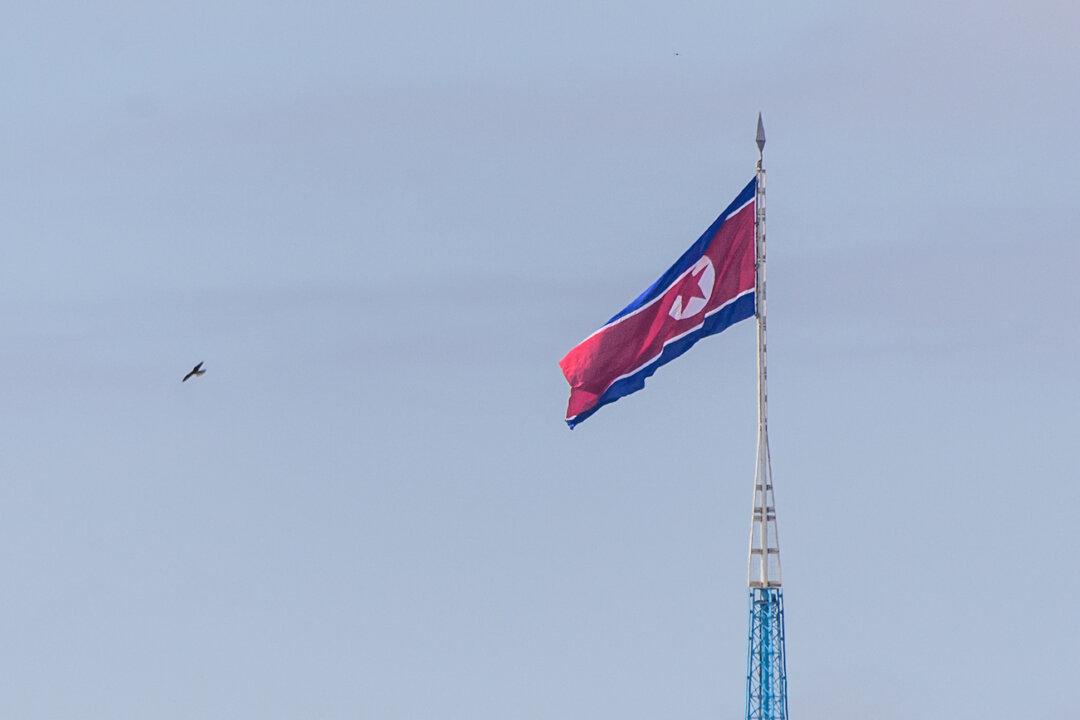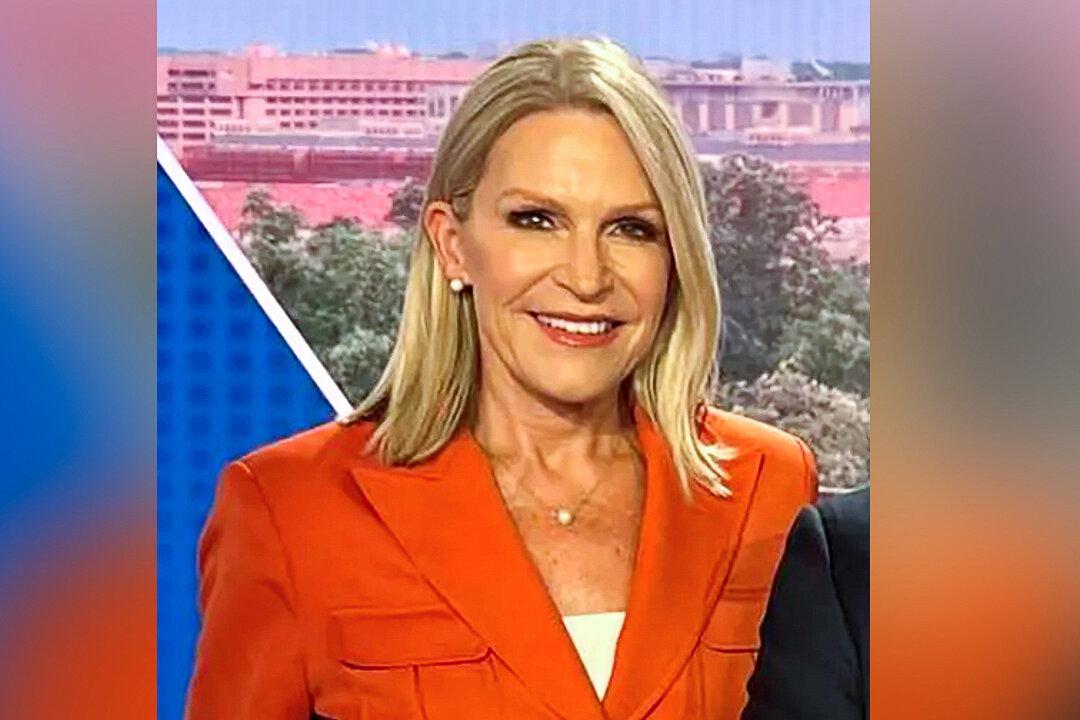North Korea has fired a short-range ballistic missile off its east coast, according to the South Korean military on Nov. 17, marking the first missile firing in just over a week.
The statement from South Korea’s Joint Chiefs of Staff said it detected Pyongyang’s launch from the Wonsan area in Kangwon Province at 10:48 a.m. It didn’t provide further details.




